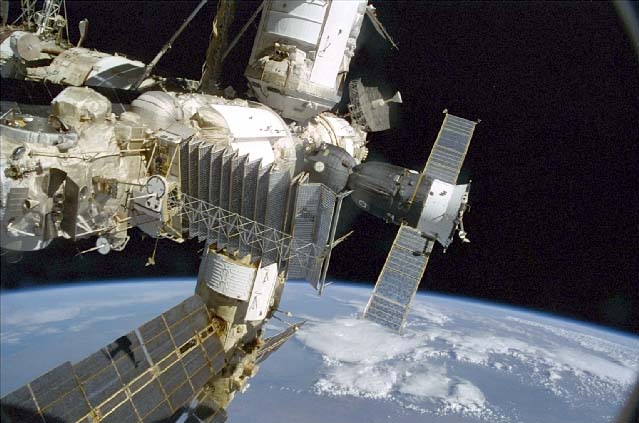On April 5, 1990, the first live launch of a Pegasus rocket carried the PEGSAT experimental satellite into orbit.

(July 1991 picture of a Pegasus rocket being carried by NASA’s B-52. NASA image.)
PEGSAT was an interesting combination of an instrumentation package to monitor this first Pegasus launch; a small Navy communications relay satellite; and a science experiment involving the release of barium to observe “interactions of photoionized barium with magnetic and electric fields in the Earth’s magnetosphere and ionosphere.”
The Pegasus rocket was carried aloft from Edwards AFB and released by the same NASA B-52 that had conducted drop tests and launches of various experimental aircraft, including the X-15. Later, Orbital Sciences Corporation commissioned its own L-1011 carrier aircraft, which they kept at Vandenberg AFB.
FULL DISCLOSURE: I was on the Flight Readiness Review Committee for this launch, so this space anniversary is special to me. And somewhere I have a picture of me in front of Orbital Sciences’ L-1011/Pegasus combination….









